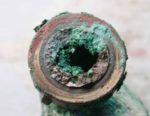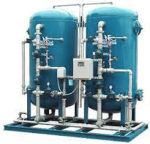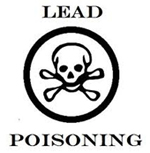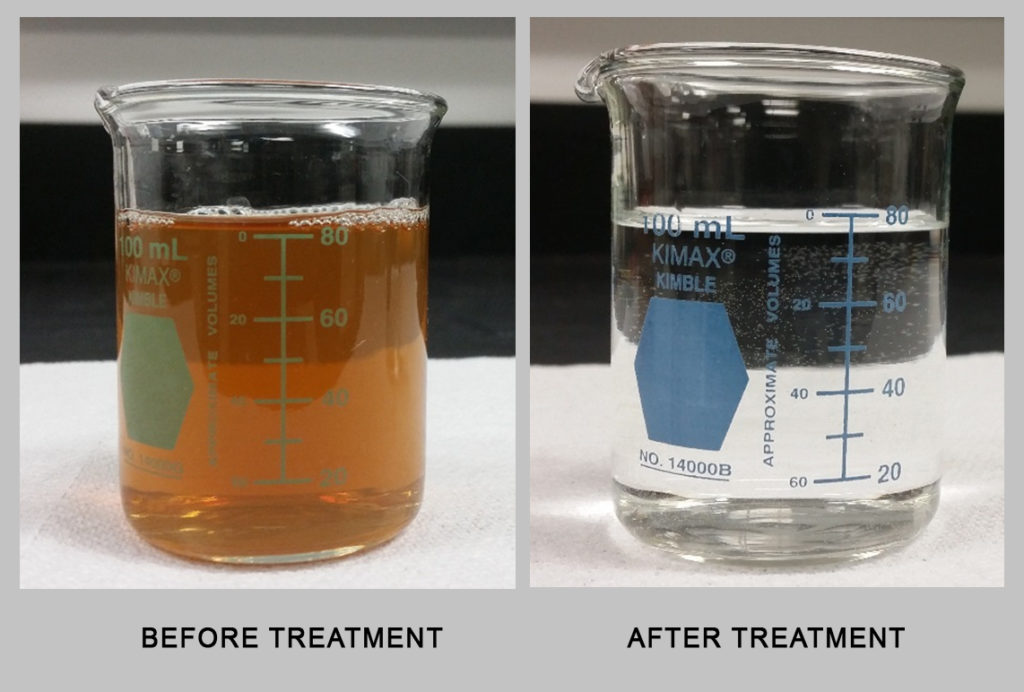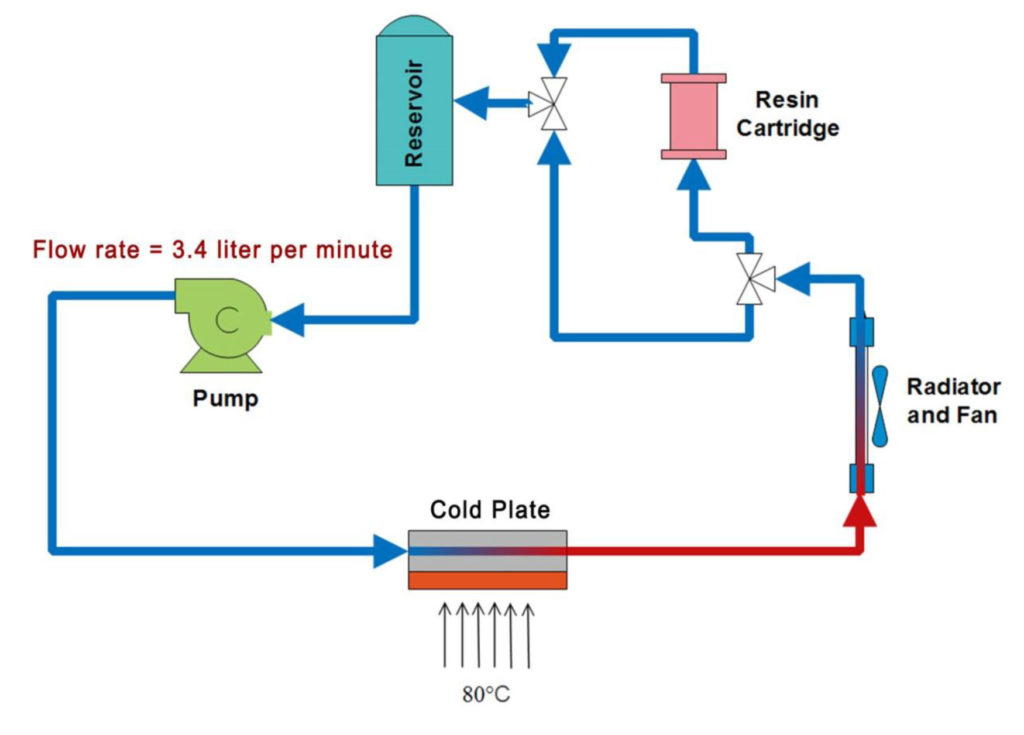Sulfate removal using Ion Exchange Resin
Abstract Sulfate contamination can cause corrosion, which can affect operation and downtime for maintenance. Dynalene’s ion exchange resin can be used to reduce the sulfate concentration to below 1mg/L. Introduction Sulfate in fluids used in the industrial application can be corrosive. They can cause scale buildup in the pipes leading to clogging. The Environmental […]
Sulfate removal using Ion Exchange Resin Read More »

